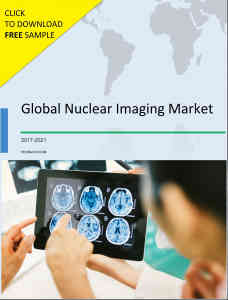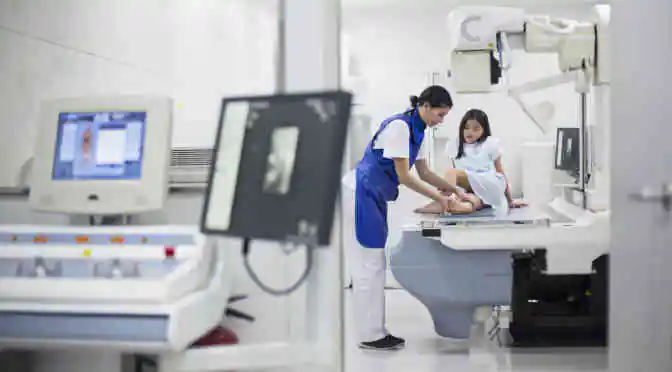From the evolution of revolutionary technologies for diagnostic testing to the innovative products introduced to treat identified diseases, the medical discipline has shown tremendous progress in the last two decades. In this ecosystem, medical imaging has emerged as a constantly evolving, high-stakes component, thanks to the top healthcare and technology brands launching innovative, highly accessible products with advanced functionalities.
Particularly, nuclear imaging has gained immense preferential appeal in recent times. Nuclear medicine imaging is a non-invasive procedure used to diagnose and treat various disorders associated with the specialties of cardiology, oncology, neurology, orthopedics, gastrointestinal, thyroid, and urology. Nuclear medicine scan is one of the safest imaging modalities in diagnostic testing today. And, according to Technavio, the bonhomie is set to continue.
 Breakthrough technology developments spur massive growth
Breakthrough technology developments spur massive growth
Healthcare technologies, mainly with nuclear imaging equipment, save lives on a daily basis. Much has changed since the discovery of the X-rays in 1895, with today’s technology boasting high-end precision and dependability. Physicians can see through any part of the body in sharp detail with these advanced technologies, and the resultant stresses and side-effects on the patient and minute. In recent years, nuclear imaging has manifested and improved in the following formats-
PET/MRI imaging systems
In the past few years, there have been remarkable innovations in the preclinical Positron Emission Tomography (PET) and Magnetic Resonance Imaging (MRI) technologies. Unlike the earlier PET systems that used to provide common structural detection limiting to skeletal anatomy and soft tissue, the new advanced PET detector technology can offer high field and sequential data collection simultaneously.
With the integration of smart and innovative detectors, the PET and MRI detecting systems are advancing beyond the theoretical limits with high resolution and full field accuracy. PET/MR systems are hybrid imaging devices which can combine the functional imaging and anatomical imaging data, bringing MRI’s excellent soft tissue classification and imaging without ionizing radiation. The technology is on-point and is improving further at a commendable pace.
Time of Flight (TOF) nuclear imaging systems
Time-of-flight (TOF) nuclear imaging is now commercially available. While the conventional PET scanners produce images and track destinations by observing gamma rays, they erred by not considering the time required for each ray to reach the detector. On the contrary, TOF-PET scans measure the time difference between the two rays, thus substantially improving the quality of the images produced by the scan.
TOF-PET systems incorporate modern electronics, fast photomultipliers, scintillators with faster computing power and high density for image reconstruction. This aids in producing precise and high-quality images for improved diagnosis of chronic conditions. Alongside being a fantastic addition in the arsenal of any fully equipped medical facility, TOF-PET also represents the next iteration of diagnostic imaging.
What’s your next move? : The aforementioned trends mirror a global nuclear imaging market that is bursting at the seams with possibilities. Source the latest insights on this market by downloading the associated research report from Technavio. The download links for the FREE sample are listed herein.



